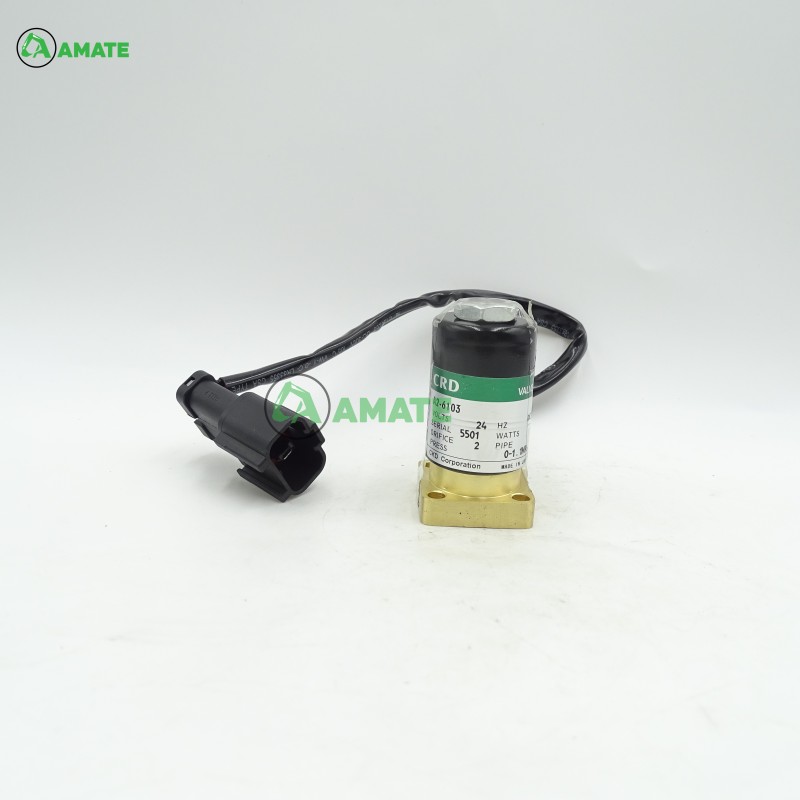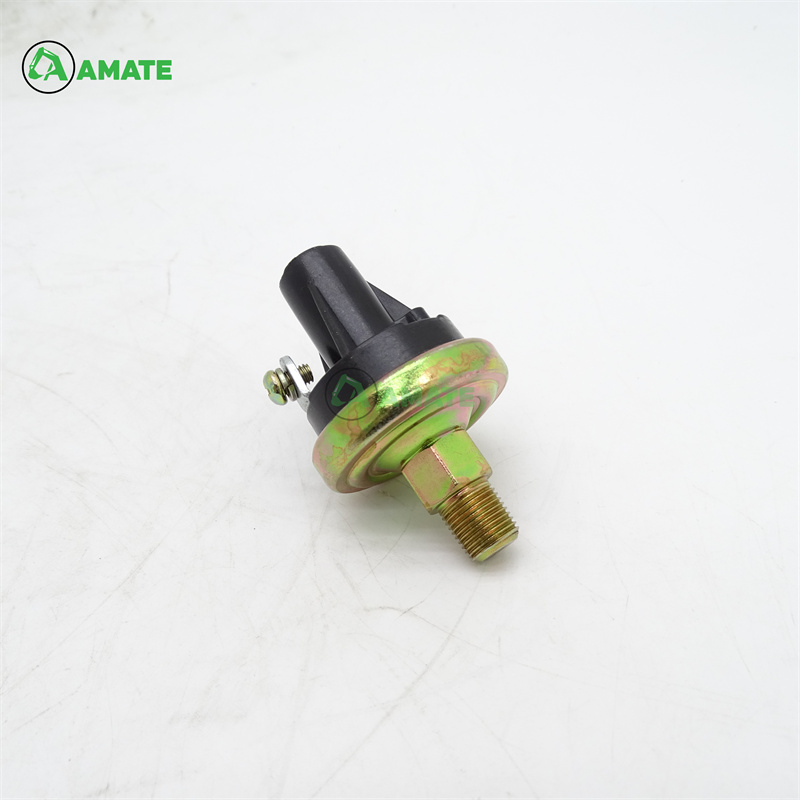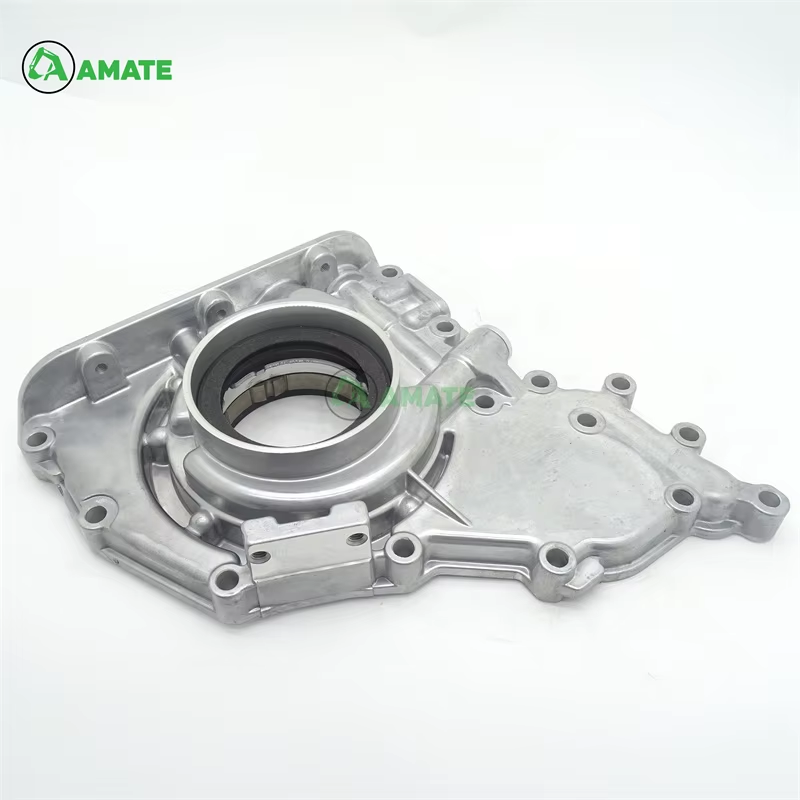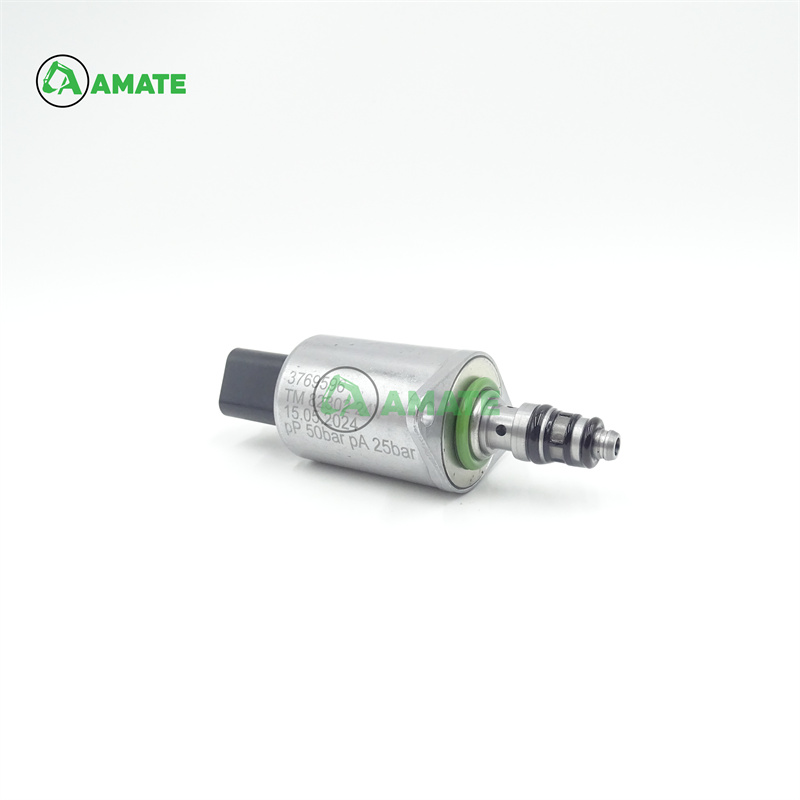Analysis on the Current Status and Future Trends of the Oil Pressure Sensor Industry
As a core component in the field of industrial automation and equipment monitoring, oil pressure sensors are widely used in automobile manufacturing, engineering machinery, energy and power, aerospace and other industries. With the popularization of intelligent and Internet of Things technologies, its market demand has shown a steady growth trend, and the global market size is expected to maintain an average annual growth rate of 6%-8% in the next five years.
From a technical perspective, the current mainstream products are mainly piezoresistive and capacitive. Among them, MEMS (micro-electromechanical system) technology occupies a large share in the low-end and mid-end fields due to its small size and low cost; while fiber optic sensing technology has gradually penetrated into extreme environmental scenarios such as oil and gas exploration and military industry with its advantages of anti-electromagnetic interference and corrosion resistance. The direction of industry technology iteration focuses on improving accuracy (below ±0.1%FS), expanding temperature adaptability (-40℃~150℃) and enhancing signal transmission stability.
The market competition pattern presents a stratified feature: international leading companies dominate the high-end market, and local manufacturers accelerate substitution in the mid-end field through cost-effective strategies. At the policy level, the improvement of industrial safety standards in various countries (such as API 6A, ISO 13818 and other certifications) promotes the growth of sensor compliance demand. In downstream applications, the monitoring of the three-electric system of new energy vehicles and the maintenance of the status of wind power equipment have become emerging growth points, which are expected to drive the demand structure of oil pressure sensors to upgrade to high-frequency sampling, wireless transmission and other functions.
In terms of risks, the increase in R&D investment caused by fluctuations in raw materials (such as semiconductor wafers and special alloys) and technical barriers may squeeze the profit space of small and medium-sized manufacturers. The trend of industry integration may intensify in the future, and companies with composite sensing technology and AI diagnostic capabilities will be more likely to gain competitive advantages.









